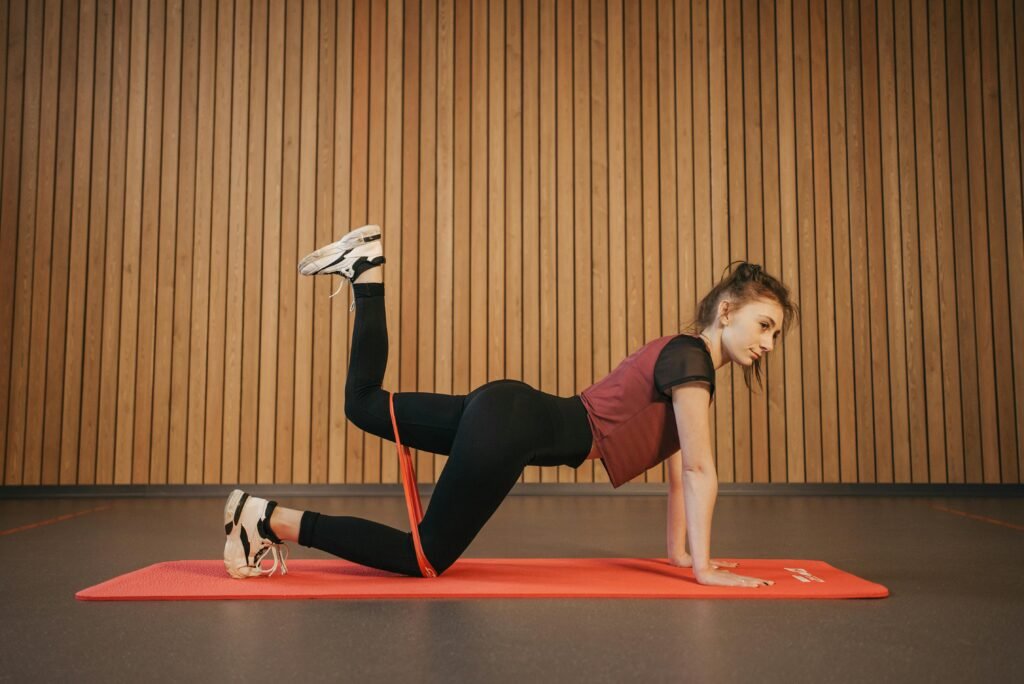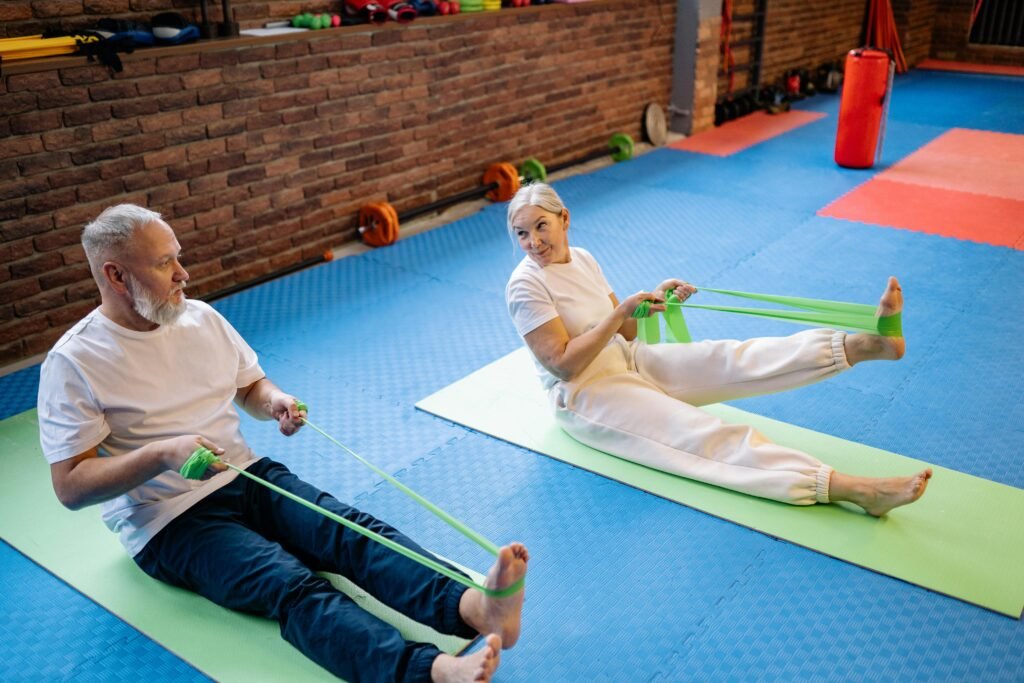In today’s dynamic fitness environment, there’s no one-size-fits-all answer to “How many times a week should I train?” It hinges on individual needs, goals, and circumstances.
For example, seasoned fitness enthusiasts might opt for ‘five days on’ with split training routines, experiencing the full range of muscle and cardiovascular benefits throughout the week. Group class enthusiasts often prefer ‘three days on’, focusing on fun and community, while weekend warriors enjoy the thrill of intense workouts twice a week.
Recently, the ‘one day on, one day off’ schedule has gained popularity among fitness enthusiasts. The varied training frequencies serve as identity markers for urban fitness communities.
On the other hand, the broader category of ‘casual fitness enthusiasts’ views exercise as a way to relieve stress, without adhering to strict goals. They might engage in five workouts during a good week or just one during a tough week.

Thus, in the current fitness landscape, “How many times a week should I train?” doesn’t have a standard answer. It requires alignment with an individual’s fitness habits, goals, and levels rather than a uniform approach.
Take Hollywood actress Scarlett Johansson, for example. To quickly lose fat and shape her body for the role of ‘Black Widow’, she adopted a rigorous seven-day-a-week routine before filming. However, in her regular life, three days a week is more typical.
Research indicates that even short daily exercises can have significant effects. For instance, five 30-minute sessions a week may produce better results than two longer sessions. This insight comes from studies illustrated by The Muscle PhD, comparing various workout frequencies.
For most fitness enthusiasts, following the crowd’s ‘workout frequency’ isn’t meaningful; it’s crucial to align with personal circumstances and fitness goals. For example, a beginner might benefit from five 30-minute sessions a week, which is a great starting point.

The concept of “How many times a week should I train?” isn’t necessarily the real issue; what matters is finding a routine that fits your current state.
Interviews with fitness studios in Shanghai reveal that trainers typically suggest beginners start with two sessions a week to build adaptability and establish proper form. For experienced individuals, trainers usually recommend three to four sessions a week, with three being sufficient for moderate goals.
For working professionals, balancing work, family, and fitness is challenging. Community gym members tend to visit regularly regardless of the day, whereas CBD-based gyms see higher attendance during weekdays.
Tom, a fitness enthusiast, manages his time meticulously, incorporating 30 minutes of aerobic exercise every morning and 20 minutes of strength training during lunch breaks. In contrast, Zhang, representing casual fitness enthusiasts, often squeezes in one or two workouts over weekends or at home due to frequent overtime.

Seasoned fitness professionals have greater flexibility but also a stronger commitment to their routines. WWE wrestler John Cena focuses on increasing muscle mass and achieving a good pump, typically training five days a week with targeted split routines.
Research shows that even experienced athletes can benefit from training once a week, especially through resistance training. The American College of Sports Medicine recommends exercising three to five days a week, while the World Health Organization suggests 150 minutes of moderate-intensity activity weekly.
Ultimately, fitness frequency planning is highly personalized. Whether you’re a novice looking to build muscle or an experienced athlete aiming for peak performance, adapting your regimen to fit your unique profile will lead to the most satisfying and sustainable fitness journey.



